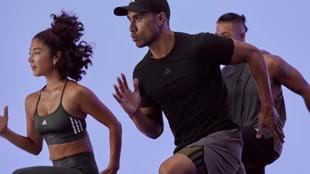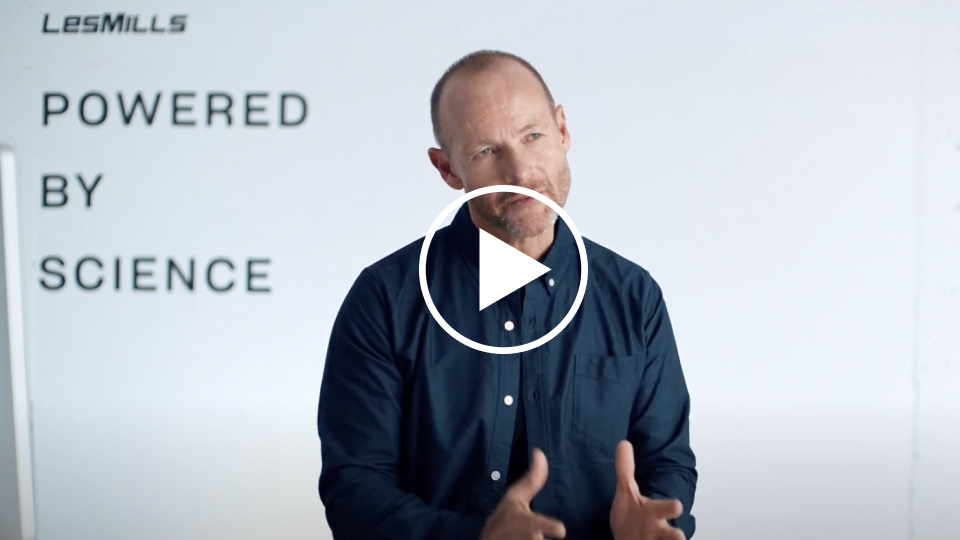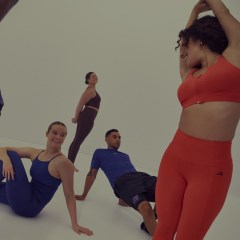Read on and you’ll discover:
-
Evidence that integrated core exercises improve running performance and joint symmetry
-
The value of targeted strengthening for your hips, lower back, glutes and abs
-
Key exercises and workouts that will help you run faster
-
Integrated training guides that will help you reach your running goals.
Good news for recreational joggers, triathletes, and high-mileage endurance pros alike … Science shows there’s a smart approach to run training that will result in quicker run times and less chance of injury.
It’s not a matter of racking up miles upon miles, running drills, hill sprints, or fancy fartlek training principles. Science suggests the secret to faster running times and better technique is targeted strengthening of the big muscle groups around the hips, lower back, glutes, and abs.
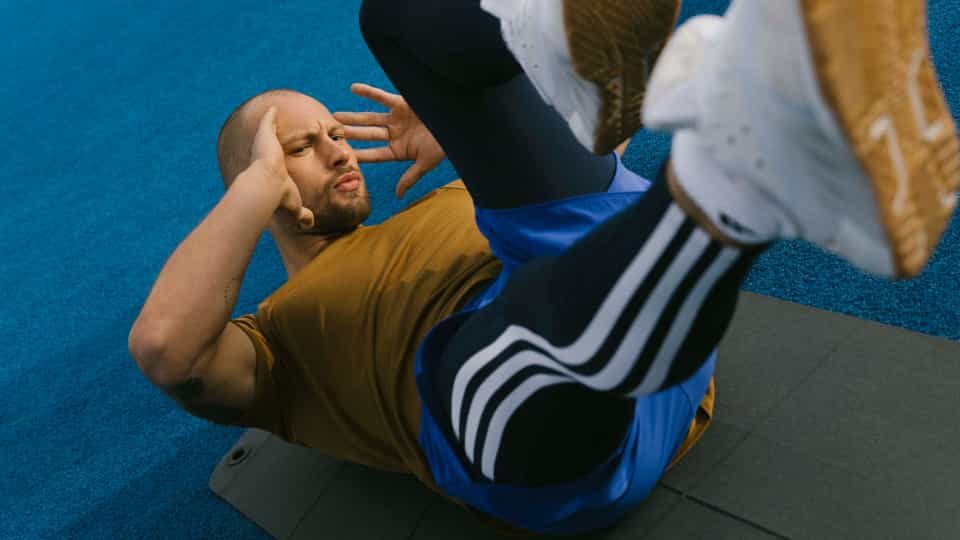
This finding, published in The Journal of Sports Medicine and Physical Fitness, builds on previous research from long-time running enthusiast, kinesiologist, and group training advocate Dr Jinger Gottschall, who started exploring how runners can improve their performance. Working with a group of recreational runners, Gottschall studied what happened after they added three 30-minute integrated core training workouts into their weekly training regime.
After just six weeks of this integrated core training, the runners shaved an average of 66 seconds off their 5km run time.
They benefited from:
- Increased running speed
- Improved running economy (a measure of how efficient you are as a runner)
- A decrease in 5km run times (by an average of 66 seconds) without a significant difference in mean heart rate
- Increased ability to hold a plank (by over 60 percent)
- A decrease in ankle range-of-motion asymmetry (by 46 percent)
“The runners shaved an average of 66 seconds off their 5km run time.”
Gottschall says the unique thing about this study is that, unlike previous studies that used isolated strengthening to improve running performance, this study focused on three-dimensional integrated exercises. This is significant given the three-dimensional nature of running. "As you run, your legs move forward in one plane, yet the movement of your arms and torso moves in another plane, which is also important for force production and running economy," she says. "With this in mind, three-dimensional core training can play a fundamental role in improving running performance."
What are integrated core exercises?
Integrated core training is any exercise that focuses on the torso and sling muscles, which connect your upper body to your lower body. These integrated exercises can simultaneously and effectively work all the large muscle groups from the shoulder to the knee, which is one of the fastest ways to improve functional strength and increase athletic performance.
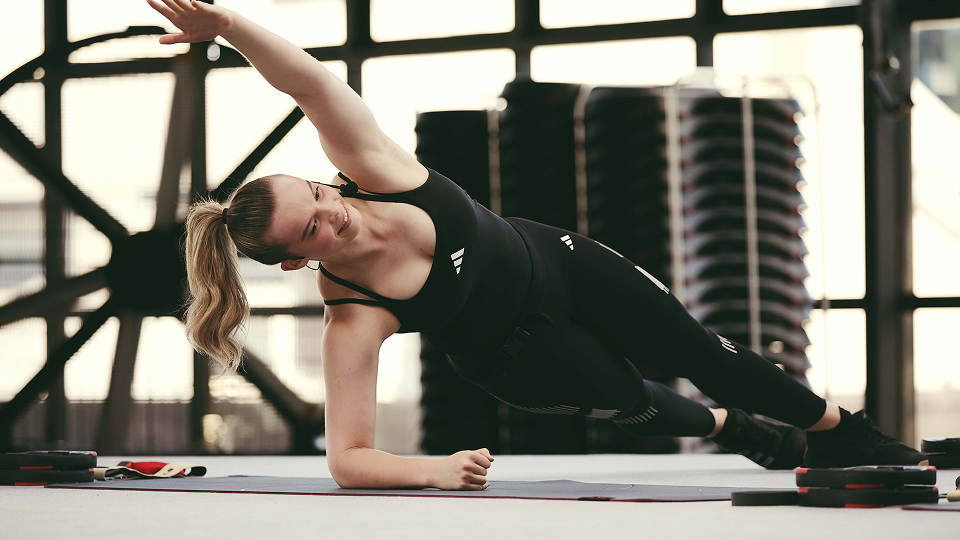
The science shows that integrated exercises lead to two key benefits for runners:
- Delivering superior abdominal training which drives efficient force transmission.
- Improving joint symmetry, which may reduce injury risk.

Why is reduced injury risk so important?
Runners typically have a high incidence of injury, and Gottschall says many of these injuries may be due to muscular imbalance and lack of symmetry.
The most common injuries reported by runners are Achilles tendinopathy, plantar fasciitis, stress fractures in the metatarsals, fibula, or tibia, medial tibial stress syndrome, patellofemoral pain syndrome, and iliotibial band syndrome.
According to Gottschall, the majority of these injuries could potentially be minimized by additional activation of the core, which would reduce impact forces or improve symmetry – which helps distribute the load between the two legs. This is why an integrated training approach is so smart, as it incorporates three-dimensional diversity to optimize running performance for the long term.
“Endurance athletes typically live by the slogan ‘more is better’ and simply run more miles – but it’s clear this isn’t the smartest approach,” adds Gottschall. “Thanks to this new study, we now know that integrated core training – so often a missing component – can be the secret to improving running performance and symmetry.”
So, what does an integrated training routine look like?
CORE EXERCISES FOR RUNNERS
Hovers and planks
Hovers and planks build three-dimensional core endurance, which is key to improving speed and enhancing running economy. Once you’ve mastered the basic hover, try introducing an element of dynamic instability by adding foot taps or knee drops. Research shows these variations take core activation to a whole new level.
Mountain climbers
Mimicking the muscle activation patterns of running, mountain climbers are a great way to build cardio fitness and enhance running economy.
Cross crawls
Cross crawls mimic the trunk rotation that occurs while running, building core strength and helping enhance running economy.
Squats
Squats are a great way for runners to strengthen the primary running leg muscles. This lower body strength training can also help reduce the risk of joint pain and injuries linked to overuse.
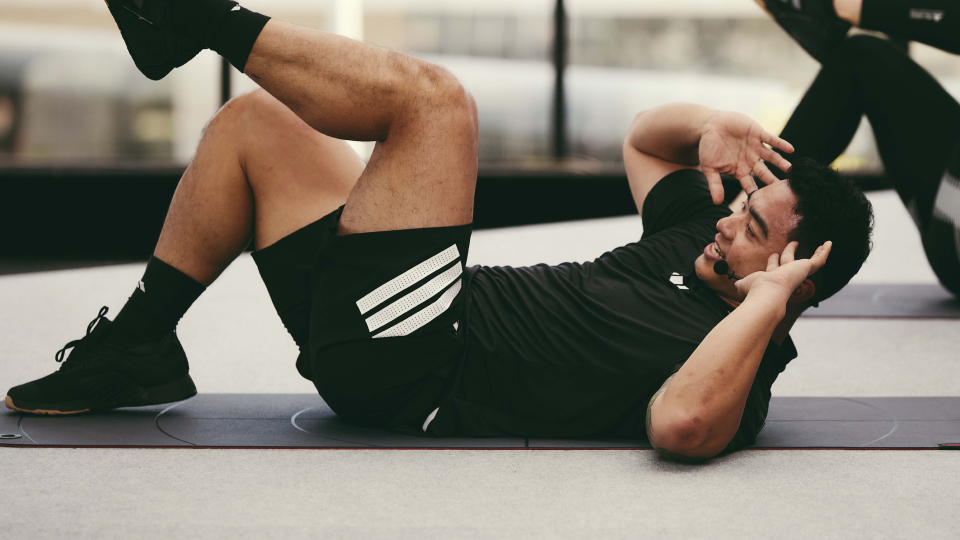
LES MILLS CORE™ is a scientific core workout inspired by elite athletic training principles, designed to drive incredible core definition and sports performance. Each workout includes planks, lower abdominal endurance exercises, gluteal training, abdominal oblique challenges, and extensor endurance. Together, this combination of integrated exercises simultaneously and effectively works large muscle groups from shoulder to knee, unlike isolated exercises such as crunches, which focus on individual core muscles.
Gottschall recommends running enthusiasts aim for two to three LES MILLS CORE workouts a week, with a few days’ rest between each session. If you're training for a 10km, half marathon, marathon, or ultra-distance event, Gottschall suggests LES MILLS CORE is best done two days before or two days after your longest run.
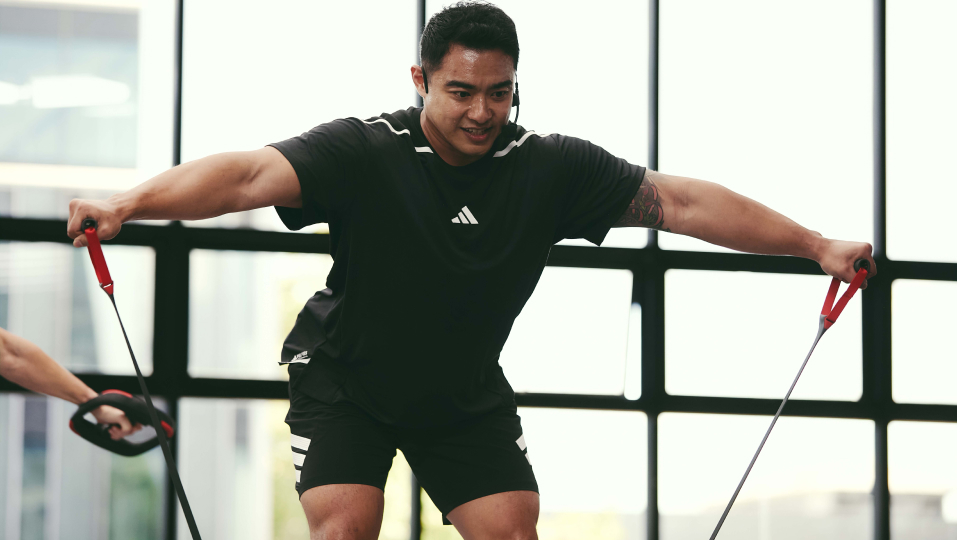
OTHER WORKOUTS RUNNERS SHOULD TRY
Incorporating low-weight, high-repetition full-body weight training (like BODYPUMP™) is an ideal way to strengthen the muscles around the joints. Even exercises like bicep curls and deadrows are helpful because your elbows are flexed during running and strong upper body posture is helpful for endurance events.
A combination of strength and flexibility training (like BODYBALANCE™) will reduce injury risk with exercises that will train the core and stretch the working leg muscles.
FIND A WORKOUT WORK OUT ON DEMAND
TRAINING GUIDES FOR RUNNERS
Since conducting this study, Gottschall has developed running guides catering for beginners through to experienced runners.
OUT NOW:RUN TRAINING PLANS ON LES MILLS+
Create your own run training schedule using the LES MILLS+ app. Choose the ‘Get Started with Running’ 6-week plan or the ‘Improve your Running’ 6-week plan and enjoy audio-based run guidance mixed with LES MILLS workouts.
CHECK OUT THE PLAN OPTIONS
Watch and learn more about the science that shows integrated core training can help you run faster and more efficiently.
SELF-DIRECTED RUNNING PLANS
Simply enter your details below and you’ll be able to access any of the training plans you choose.



